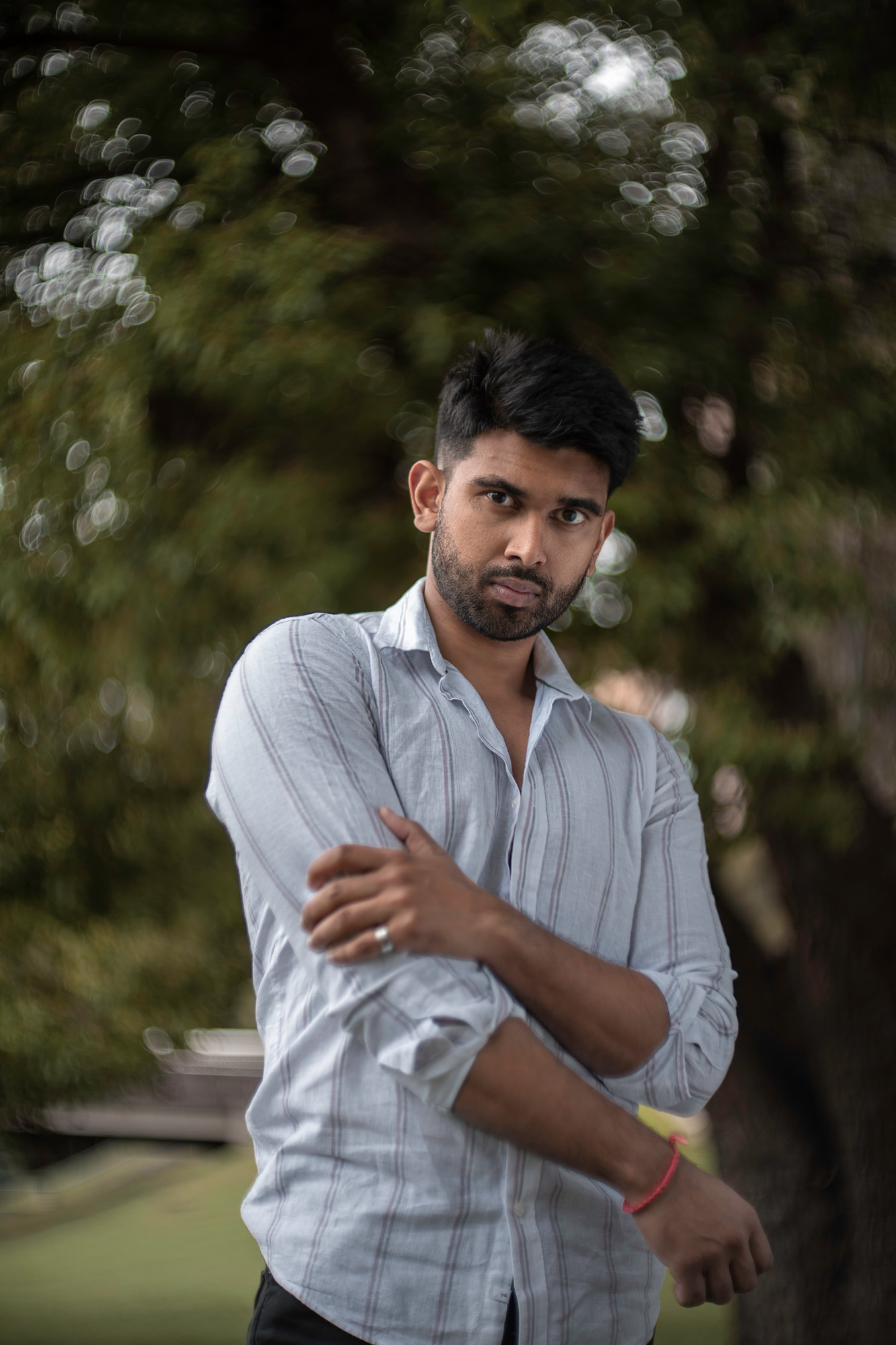Meyer Optik Görlitz Biotar 58mm f1.5 II review
DISCLAIMER: This review is a completely independent review of this lens. The lens was ordered and fully paid for out of my personal resources. I have no affiliation with Meyer Optik.
Lens Order
I first found a link to this lens on my Google News feed. As a photographer I am always interested in new and interesting hardware that can give my pictures a new or different feel.
The lens is based on a 1930s design and gives photographers a new artist look and feel to their photos due to its unique bokeh effects.
After examining the Meyer Optik site and about a week of deliberation, I finally ordered the lens. As I haven’t yet taken the Mirror less Camera plunge yet, I ordered a Nikon F-mount to suit my current stable of cameras.


As the lens is a new release Meyer Optik were in the final stages of the build and release, so the initial shipping took a little longer. On the one occasion I enquired how long the lens would take to ship, Meyer Optik were very quick to respond giving me an update. To their credit it shipped exactly when they stated. The item was shipped via UPS and I received notifications for the entire shipment cycle.
After paying the Australian import taxes the Meyer Optik Görlitz Biotar 58 f1.5 arrived about a two weeks after the initial order. The lens came well packed for the long shipment from Germany to Australia
Unpacking
The Meyer Optik boxing and packaging was of a high quality, coming in a fine wooden top opening box. I was really impressed with the initial opening, it gave me as a customer, a great initial experience and set high hopes for this lens.

The lens was individually packed in plastic. Both the lens and hood were held firmly in foam cut-outs to prevent any movement and shock during shipping.
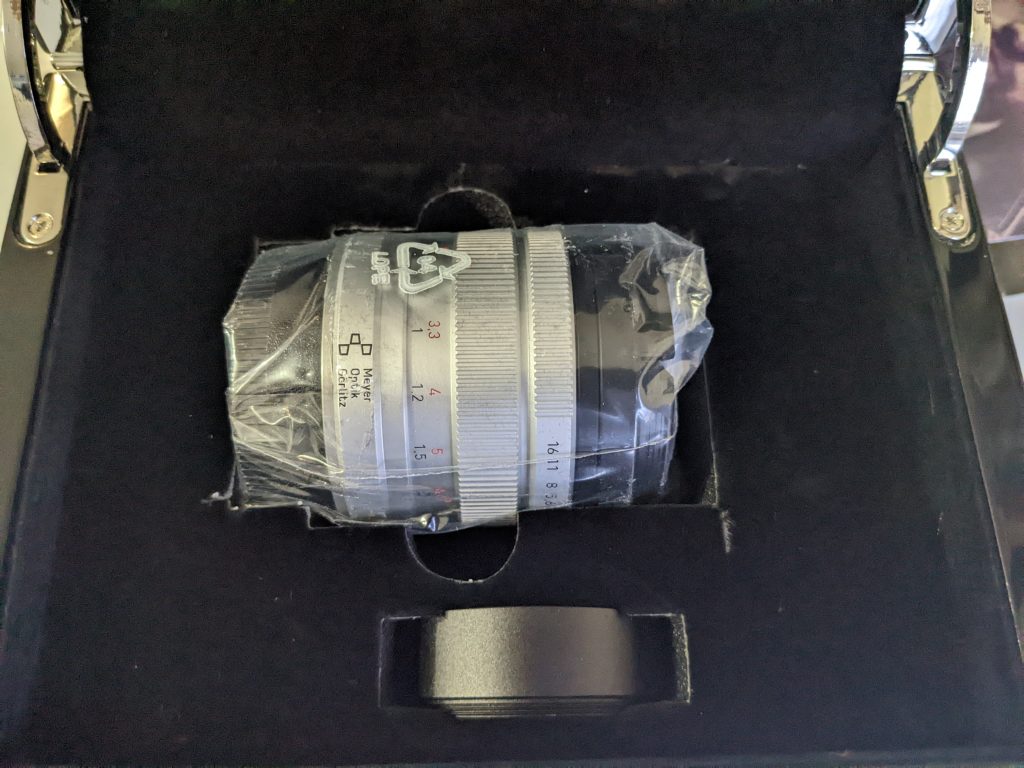
The lens also came with a warranty card and a quality assurance card showing the lens had met Meyer Optiks internal quality assurance processes.
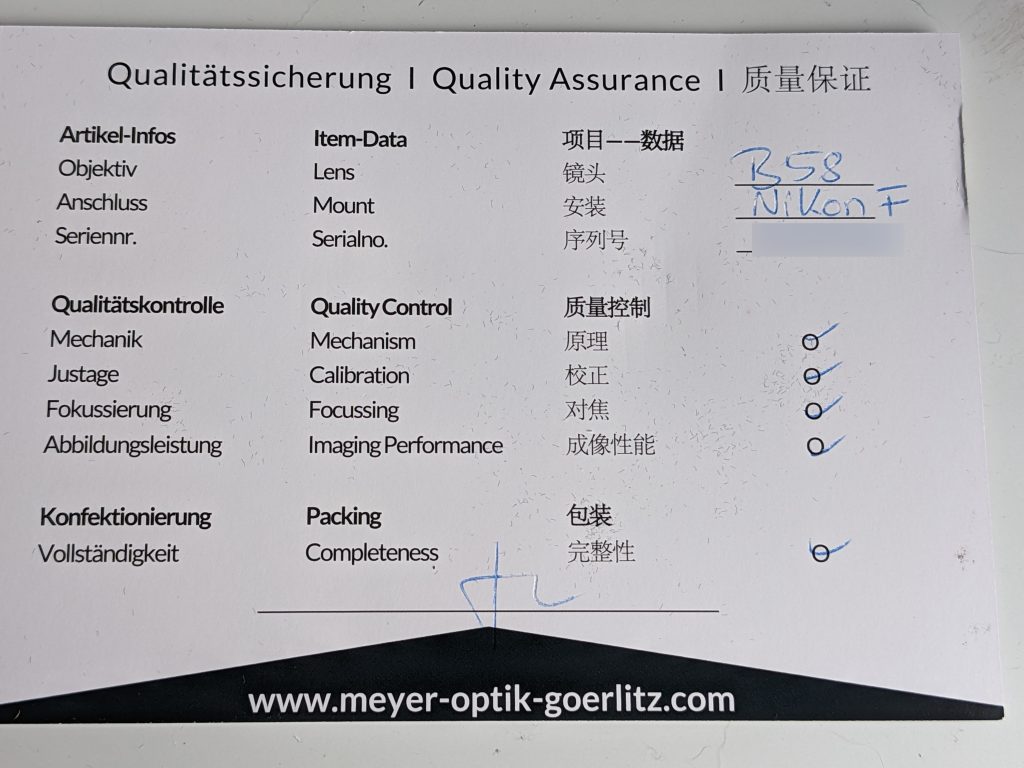
Lens Build
This lens is very small in size and weighs in at just over 400 grams. I used this lens on my Nikon D5. Ergonomically on this full body camera, I had to be careful when placing the body down as it would lean forward onto the lens front due to the SLR body weight. This lens would be better suited for a smaller bodied camera body such as a D850 or less.
The lens feels well made in the hands. The two rings (aperture and focus) are very smooth and well functioning with adequate marking on them for use. My lens came with a Nikon F-mount but Meyer Optik offers just about every type of lens mount on the market.
The lens hood is a screw in type. After a couple of initial shoots, I found the hood to be pretty ineffective. I found it didn’t take much for light way off camera to produce flares in the lens. This may have seemed bad by itself but I actually found the flare added some nice looks to the images and actually looked to incorporate flares into my images.
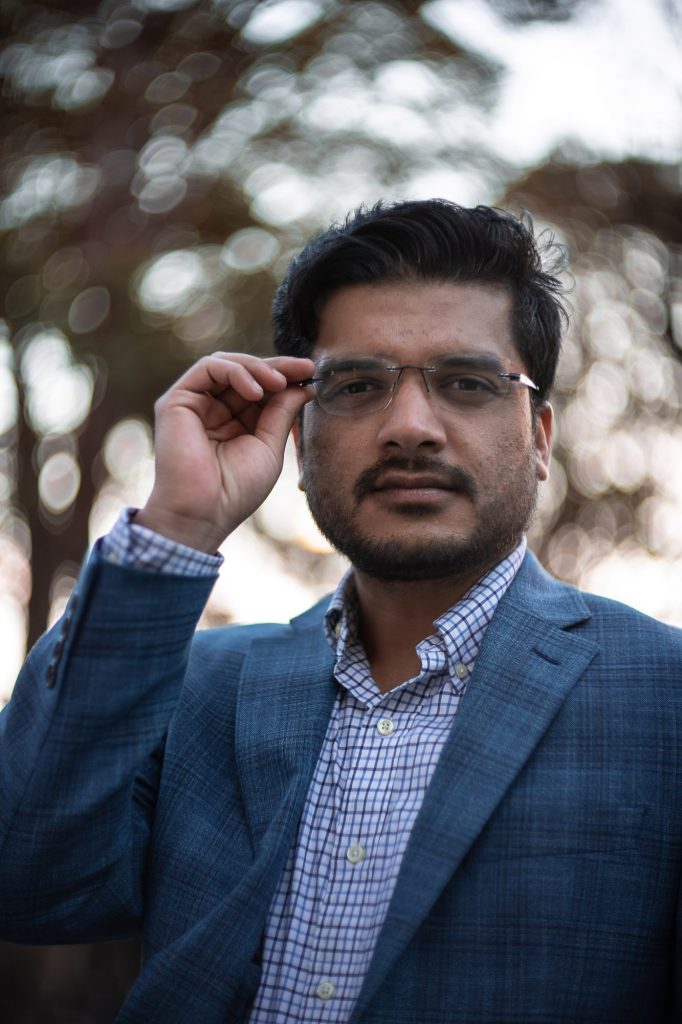
Meyer Optik Görlitz Biotar 58mm f1.5 II portrait

Lens Performance
First and foremost this lens is a MANUAL only lens, meaning that aperture and focus cannot be controlled by your camera. The aperture ring has markings on it but there is no definitive indents or any way to be sure of what f-stop you have set, so any aperture settings other than fully wide open or fully stopped down are literally a guess against the markings. This wasn’t a problem for me as the metering in camera worked perfectly well so it was easy to get proper exposure. It also allows for an infinite range of apertures which I have never had the opportunity to work with before.

There is large range of movement from one end of the focus ring to the other. In my use, I found it useful in getting focus with this lens which is particularly tricky wide open. Due to the build of this lens you will need to be aware that to get tack sharp images of your subject they need to be in the middle third of the lens (horizontally and vertically) otherwise images will always be slightly out of focus. My camera refused to show focus when my focus point was set outside the centre of the image. I struggled with this in my first shoot until I realized my mistake. As a photographer when taking portraits, we are trained to use the entire sensor, but be warned, if you do this you will end up with out-of-focus faces on every attempt. Whatever you want sharp must be kept in the centre. This is a specialized artist lens and as such you will need to change your approach when capturing images. If you do that, it won’t let you down and give you some very breathtakingly unique images.

The real reason you will want this lens is for the beautiful bokeh, particularly the circular bokeh it produces. In order to get that bokeh, you will need to be at or close to wide open. The circular bokeh effect falls off fairly quickly once the lens is stopped down. Most of my images were captured at or near wide open. At these wide apertures, manually focusing this lens can be quite tricky. All my photo shoots with this lens were for portraits. I couldn’t work in a typical fashion doing portraits, as on some occasions it took a while to nail focus, even with my Nikon aiding me through the viewfinder. If you use it for portraits you will need to have a patient subject. If you are photographing static subjects my suggestion is to mount the camera and lens on a tripod and focus using live view. I found this worked quite well in tests but wasn’t practical for portraits but produced the best focused images

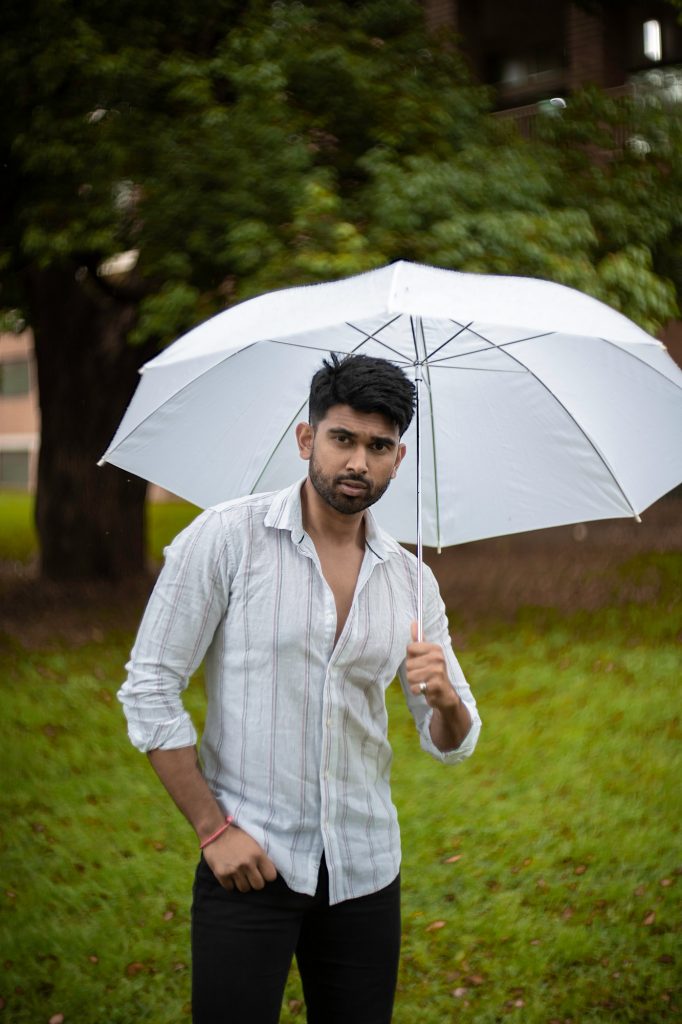
Meyer Optik Görlitz Biotar 58mm f1.5 II portrait
Conclusion
The Meyer Optik Görlitz Biotar 58 f1.5 II is a well made, manual (focus and aperture) lens based on an early 20th century design. The build quality of this lens is very good. The lens is sharpest in the centre meaning when shooting subjects, they must be kept in the centre of the sensor. The bokeh is delicious but must be shot wide open for the best effect. The Meyer Optik Görlitz Biotar 58 f1.5 II is a specialty lens and does require some expertise to get the best out of it. But if you are looking to produce some images that will make you stand out from the crowd, then this lens is definitely to be considered!
Further detail on this lens can be obtained here
